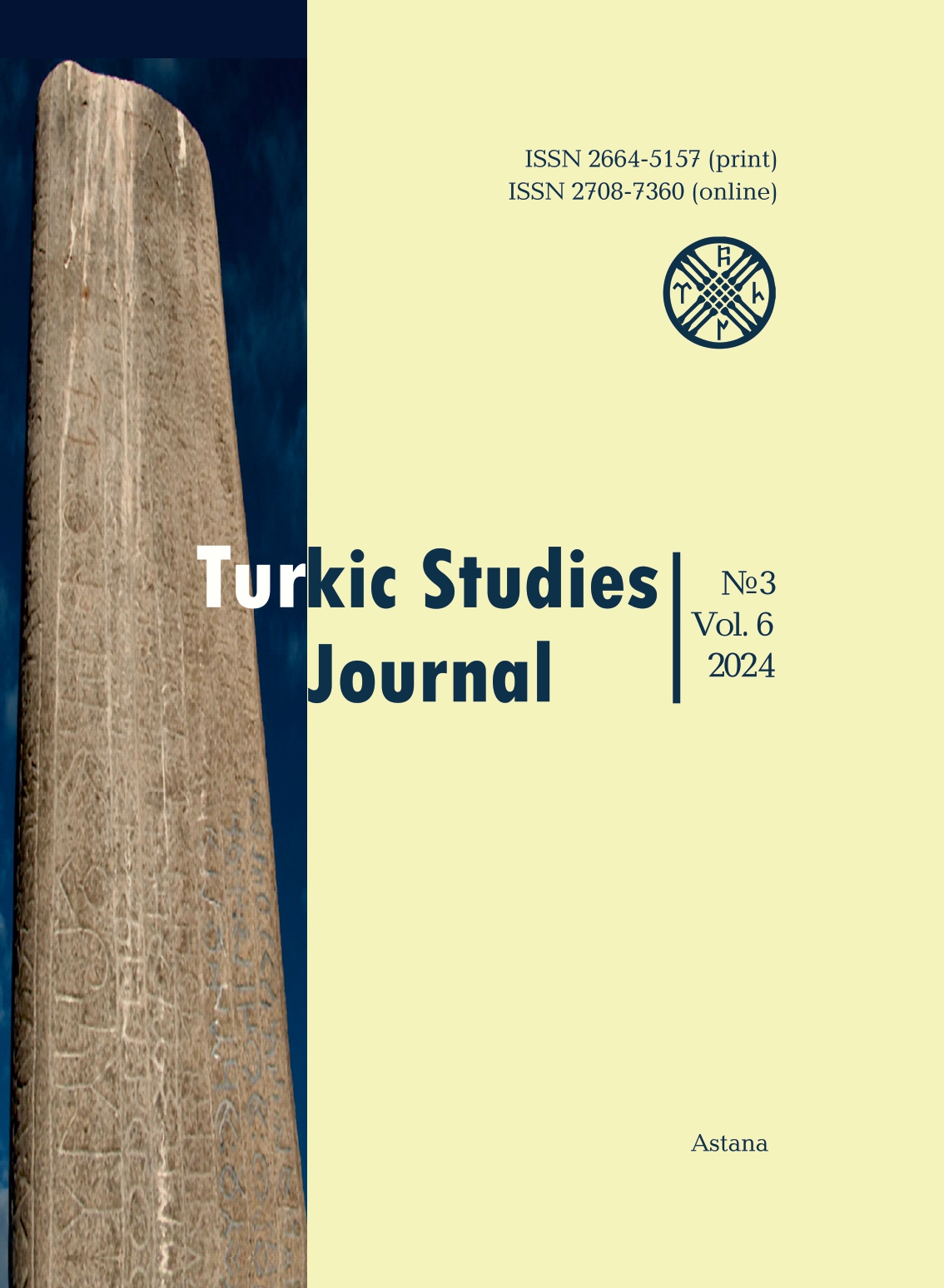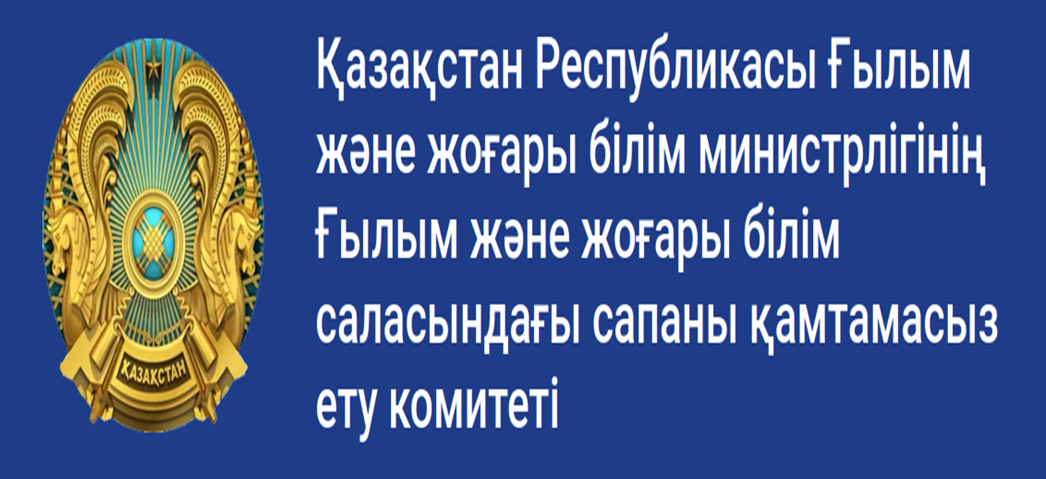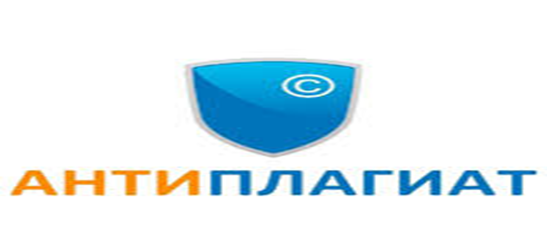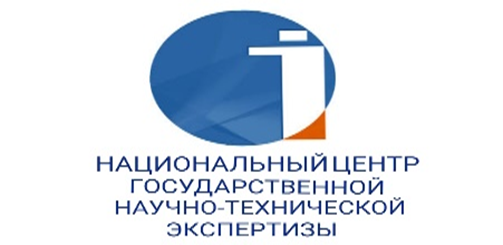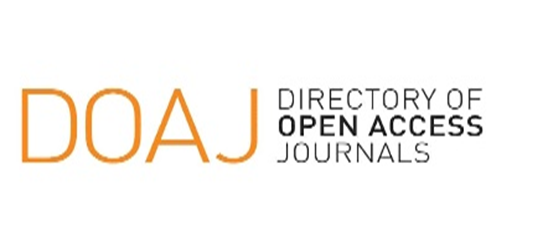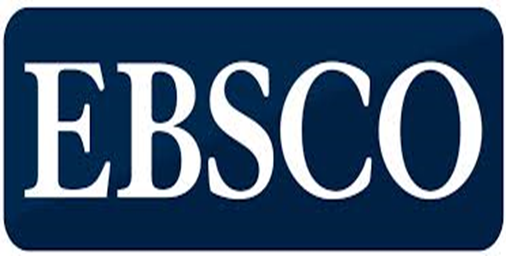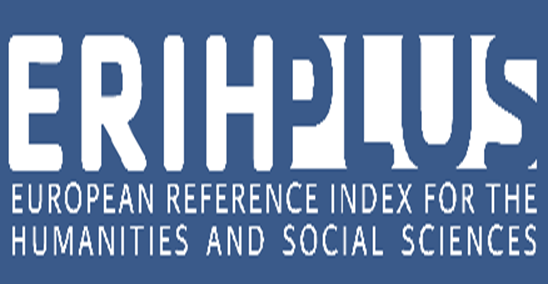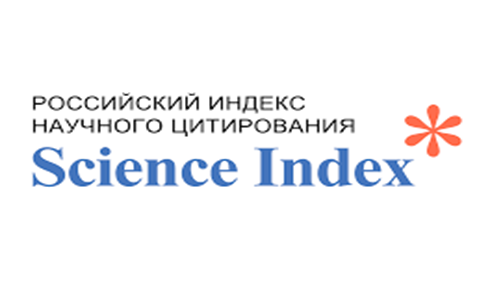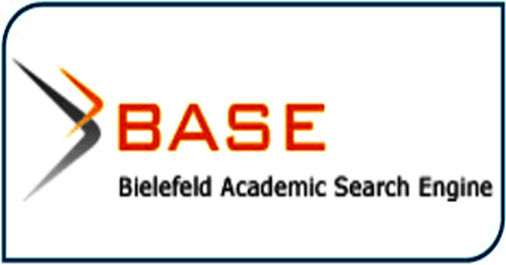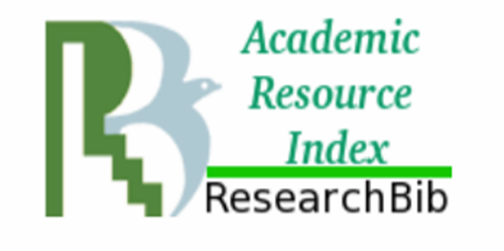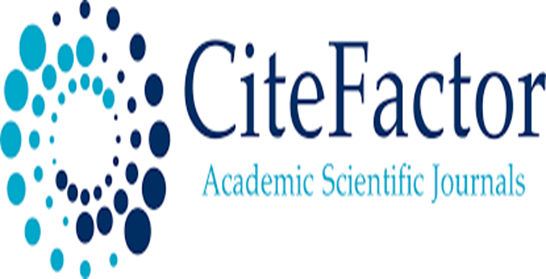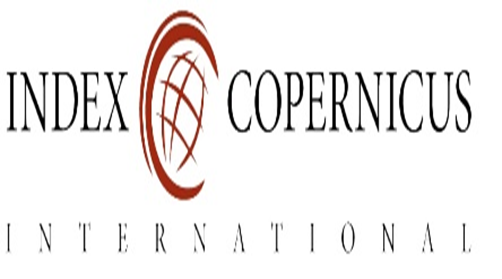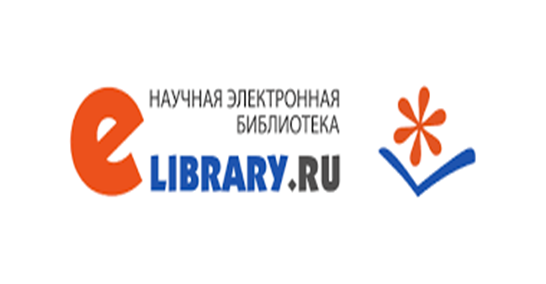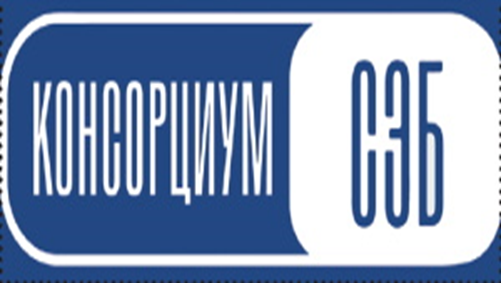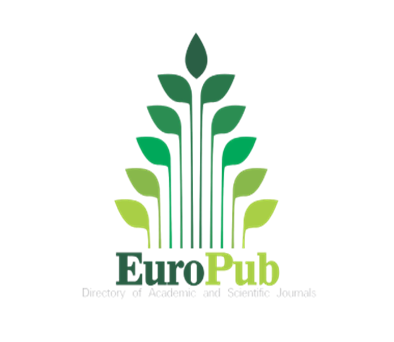Ancient Turkic participle affixes preserved in the active vocabulary of the Kazakh language
Views: 339 / PDF downloads: 265
DOI:
https://doi.org/10.32523/2664-5157-2024-3-139-158Keywords:
Turkic languages, texts of monuments, participle affixes -asy/-esi, -ashak/-ezhek, -egen/ agan, lexicalization, formative affix -mysh, unproductive affixes in Kipchak languages, substantiationAbstract
In the modern Kazakh language, there are morphological forms that deviate from the
established grammatical norms of the Kazakh language. These forms are characteristic of the ancient Turkic language and some other Turkic languages. They include the participial forms na ‘-asy, -agan, -azhak, -arman, -mysh’. The author examines the historical usage of these formative affixes, and in some cases their lexicalisation in Turkic languages, to elucidate the evolution of the form and semantics of the affix ‘-mysh’. The form in ‘-mysh’ is derived from the ancient proto-form ‘-bïs’, ‘-bït’. In the ancient Turkic language, the form in ‘-mysh’ expresses the meaning of the non-obvious past tense and is actively used in runic texts and in monuments of the early Middle AgesIn the process of historical development, the affix “-mïš” is substantivized, acquiring the meanings of the participle and the verbal name in texts of the late Middle Ages and modern times. This process is reflected in the Kipchak languages. In the Oghuz languages, the grammatical meaning of the form has been preserved, and the affix remains a productive morphological form. “-Mysh/mys” in the Kazakh language, being substantivized, becomes a word-formation affix of nouns: “turmys, kylmys, zhemis”.
Reference
Айдаров Ғ., 1971. Язык орхонских памятников древнетюркской письменности VIII века. Алматы: Наука. 380 c.
Аманжолов А.С., 2003. История и теория древнетюркского письма. Алматы: Мектеп. 368 с.
Әбілқасымов Б., 1982. XIX ғасырдың екінші жартысындағы қазақ әдеби тілі. Алматы: Ғылым. 224 б.
Биишев А., Агишев И., Ураксин З., Зейнуллина Г., 1993. Башқорт Теленең һөзлеге. Мәскәу: Русский язык. 865 с.
Дмитриев Н., 1962. К вопросу о значении османской глагольной формы на -мыш. Строй тюркских языков. Москва: Восточные литературы. С. 181-186.
Жұбанов Қ., 1966. Қазақ тілі жөніндегі зерттеулер. Алматы: Ғылым. 362 с.
Жұбанов Е., 1975. Кейбір грамматикалық тұлғалардың халық поэзиясындағы қолданыс ерекшеліктері. Қазақ тілі грамматикасы бойынша зерттеулер. Алматы: Ғылым. Б. 113-124.
Кеңесбаев І., 1977. Қазақ тілінің фразеологиялық сөздігі. Алматы: Ғылым. 711 б.
Кеңесбаев І., 2008. Қазақ тіл білімінің мәселелері. Алматы: Арыс. 640 б.
Кононов А., 1939. Турецкая глагольная форма на мыш. Уч. зап. ЛГУ № 20. Серия филологических наук. С. 34-49.
Кононов А., 1980. Грамматика языка тюркских рунических письменных памятников VII–IX вв. Ленинград: Наука. 255 с.
Қордабаев Т., Балақаев М., Хасенова А., Ысқақов А., 1967. Қазақ тілінің грамматикасы І Морфология. Алматы: Ғылым. 264 б.
Құнанбаев А., 1961. Абай шығармаларының бір томдық толық жинағы. Алматы: Қазақтың мемлекеттік көркем әдебиет баспасы. 696 б.
Құрманбайұлы Ш., 2014. Қазақ терминологиясы. Алматы: Сардар. 952 б.
Наджип Э., 1989. Исследования по истории тюркских языков, XI-XIV вв. Москва: Гл. ред. вост. лит. 474 с.
Сарыбаев Ш., 2018. Тіл-ғұмыр, ғылыми мақалалар жинағы. Алматы: А. Байтұрсынұлы атындағы Тіл білімі институты. 308 б.
Сауранбаев Н., 1955. Диалекты в современном казахском языке. Вопросы языкознания, 5. С. 43-51.
Серебренников Б., Гаджиева Н., 1986. Сравнительно-историческая грамматика тюркских языков. Издание 2-е исправленное и дополненное. Москва: Наука. 301 с.
Сыздықова Р., 1968. Абай шығармаларының тілі. Алматы: Ғылым. 383 б.
Сыздықова Р., 2014. Сөздер сөйлейді. Алматы: Ел-шежіре. 413 б.
Тенишев Э., 1988. Сравнительно-историческая грамматика тюркских языков. Морфология. Москва: Наука. 414 б.
Томанов М., 1988. Қазақ тілінің тарихи грамматикасы. Алматы: Мектеп. 265 б.
Тұрышев А., 2009. Мәшһүр Жүсіп шығармалары тілінің әдеби тілге қатысы. Павлодар: Кереку. 74 б.
Ысқақов А., 1991. Қазіргі қазақ тілі. Алматы: Ана тілі. 191 б.
Ercilasun А., Akkoyunlu Z., 2015. Dîvânu Lugâti’t-Türk. Ankara: TDK Yayınları. 995 s.
Hacımenoğlu N., 2008. Karahanlı Türkçesi Grameri. Ankara: TDK Yayınları. 214 s.
Kurmanbaiuly S., Adilov M. İbragimov Z., 2022. Kazakça ağızlar sözlüğünde kayıtlı bazı eskicil sözcükler üzerine. Türk Dili Araştırmaları Yıllığı-BELLETEN, 73. S. 151-190. https://doi.org/10.32925/tday.2022.78 DOI: https://doi.org/10.32925/tday.2022.78
Kurmanbaiuly S., Adilov M., 2023. Abay, Yunus Emre ve Ahmet Yesevi’nin Dilindeki Türk Lehçeleri Arası Dilsel Özellikler. Türk Kültürü ve Hacı Bektaş Veli Araştırma Dergisi, 105. S. 313-333. https://doi.org/10.34189/hbv.105.015 DOI: https://doi.org/10.34189/hbv.105.015
Muhammed R., 2022. Et-Tuhfetü’z-Zekiyye Fil-Lûgati’t-Türkiyye’nin sözlükçülük anlayışı hakkında bir inceleme. Türk Dili Araştırmaları Yıllığı-BELLETEN, 73. S. 7-20. https://doi.org/10.32925/tday.2022.73 DOI: https://doi.org/10.32925/tday.2022.73
Tekin T., 1998. Orhon Yazıtları. İstanbul: Simurg. 129 s.

